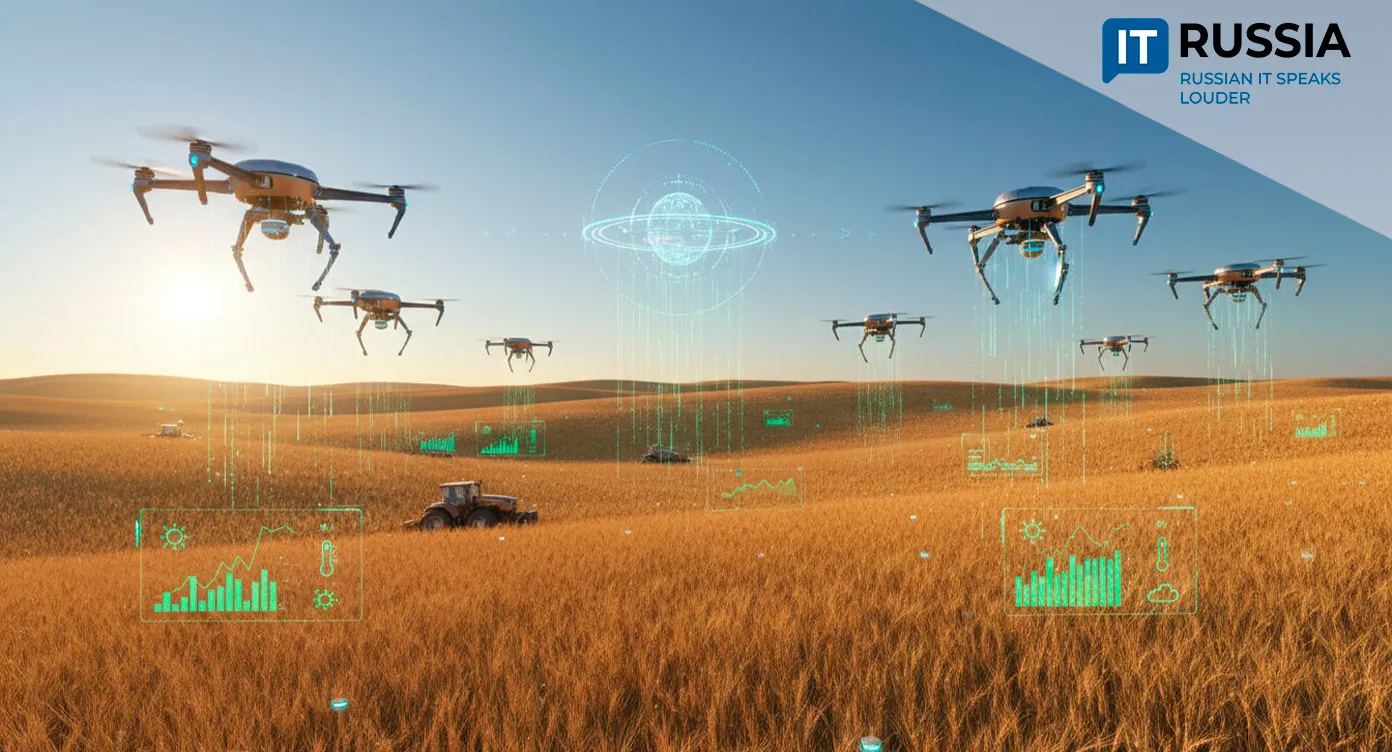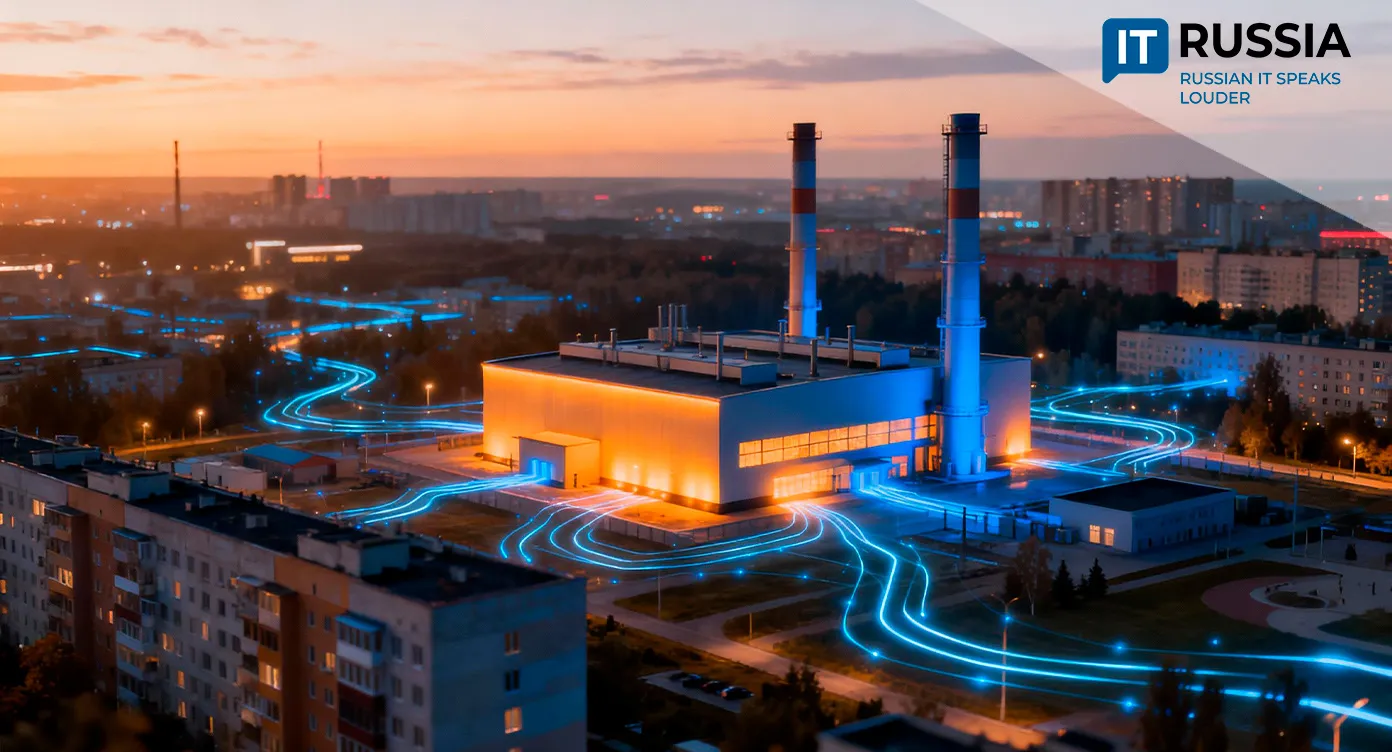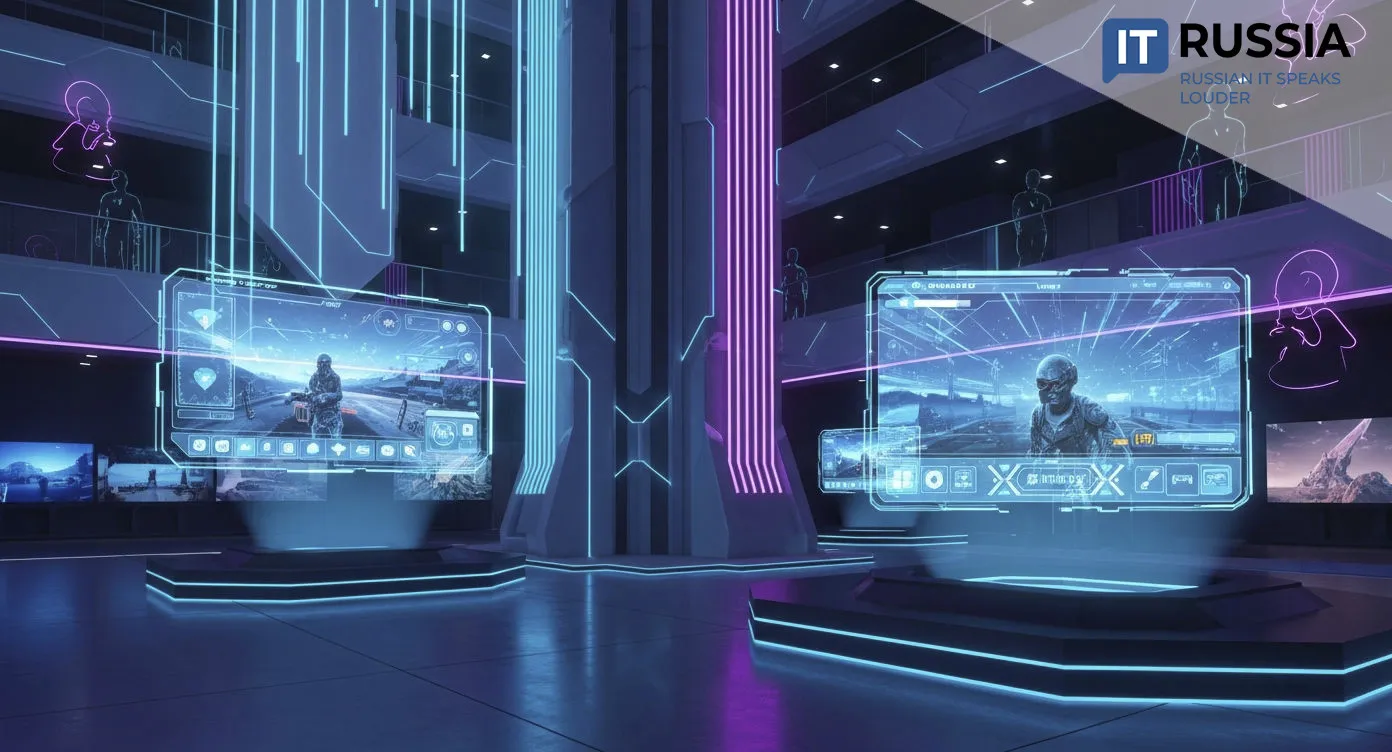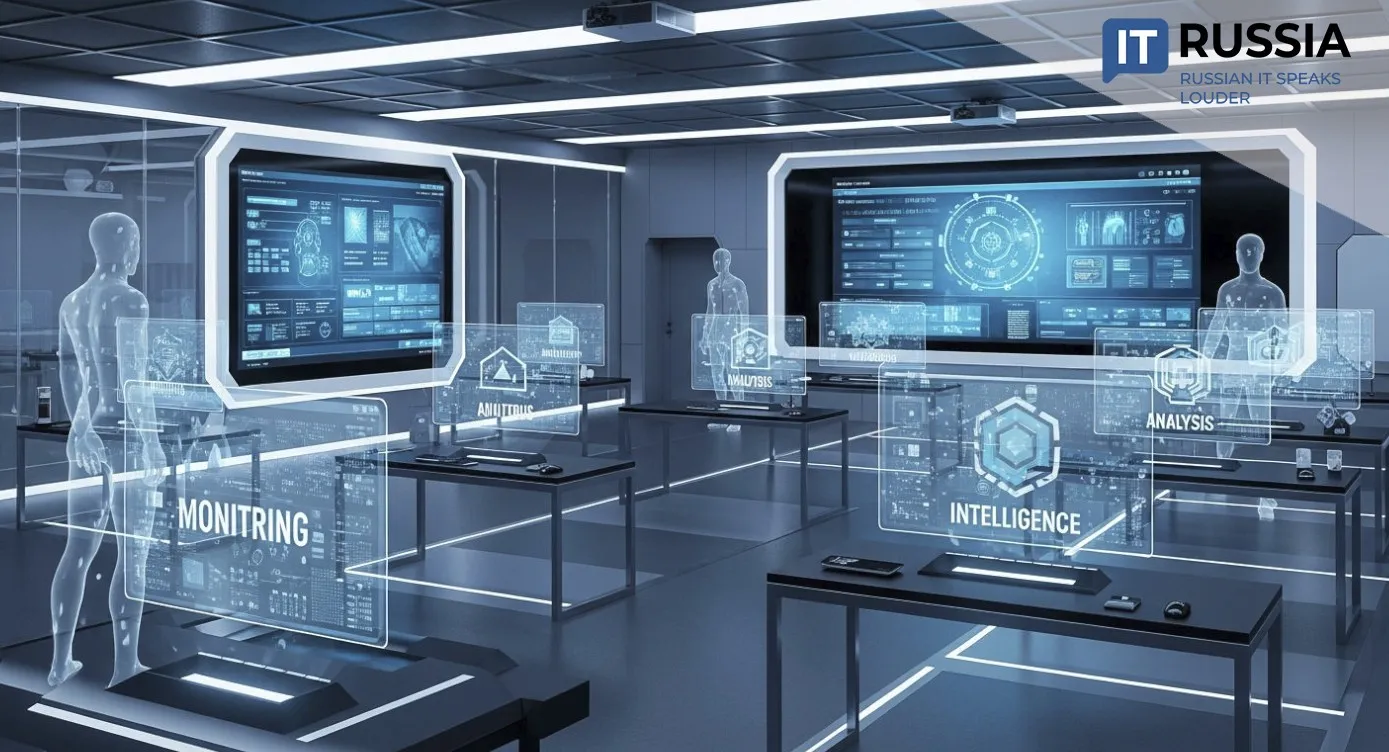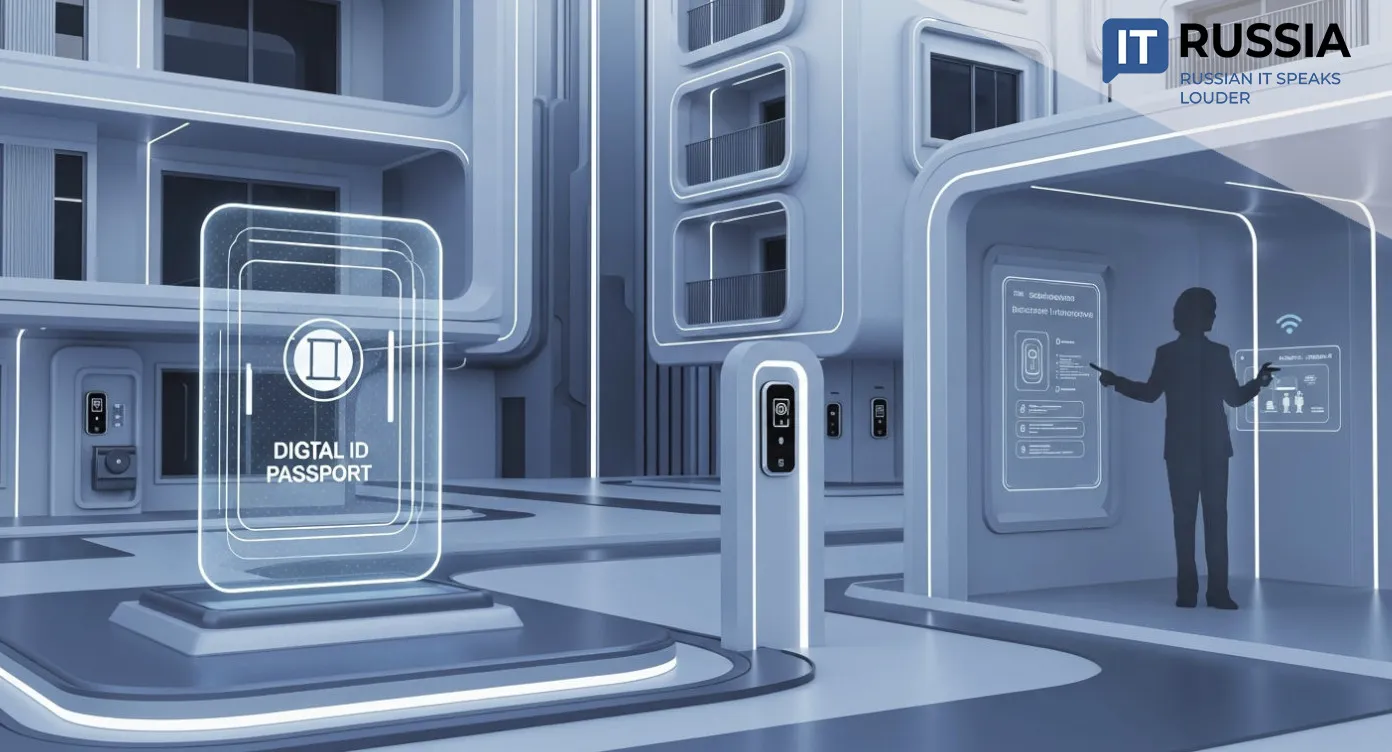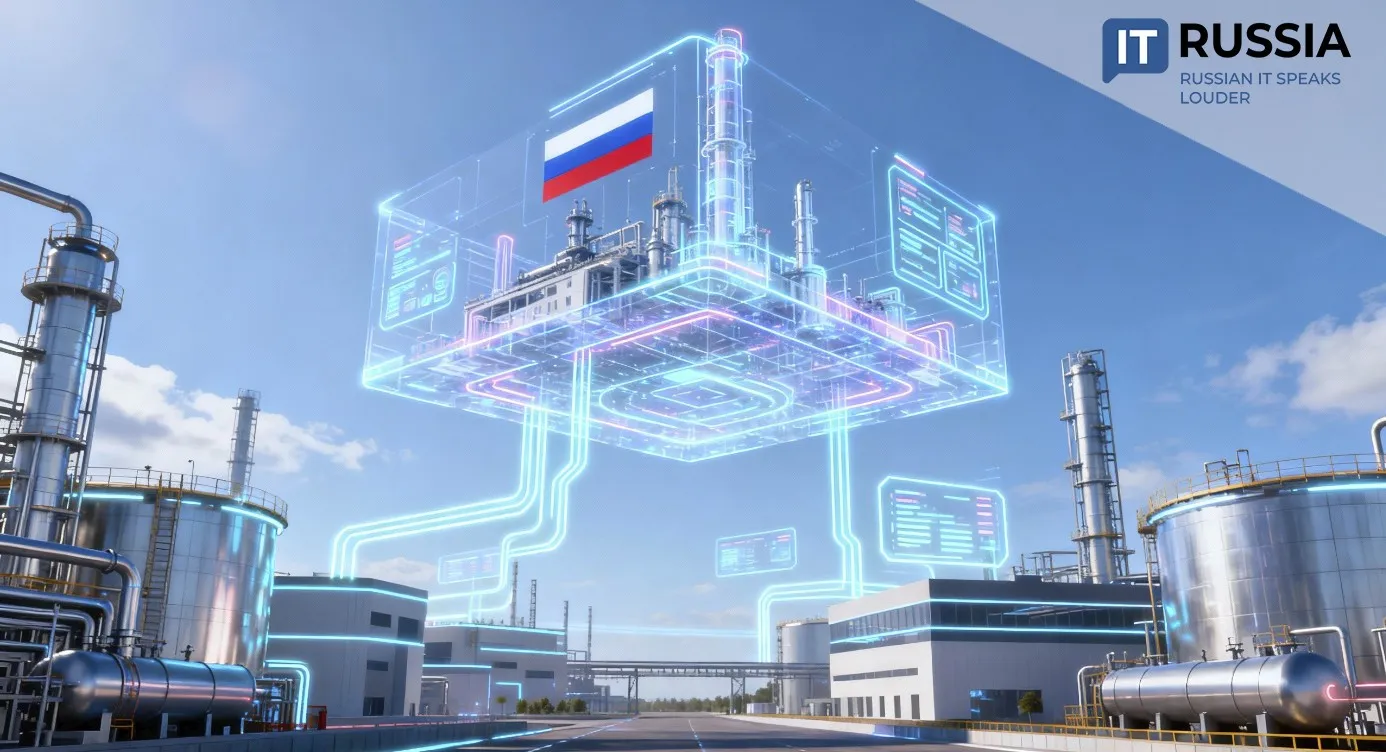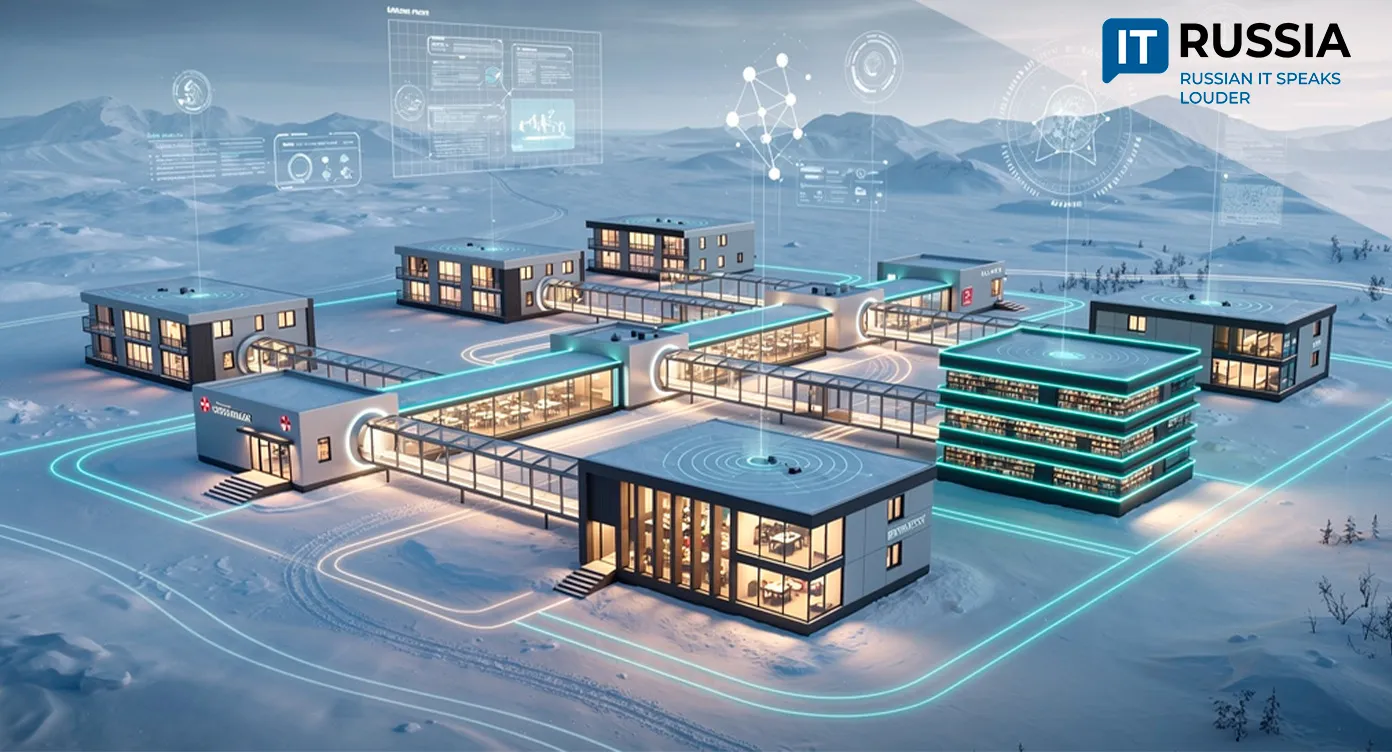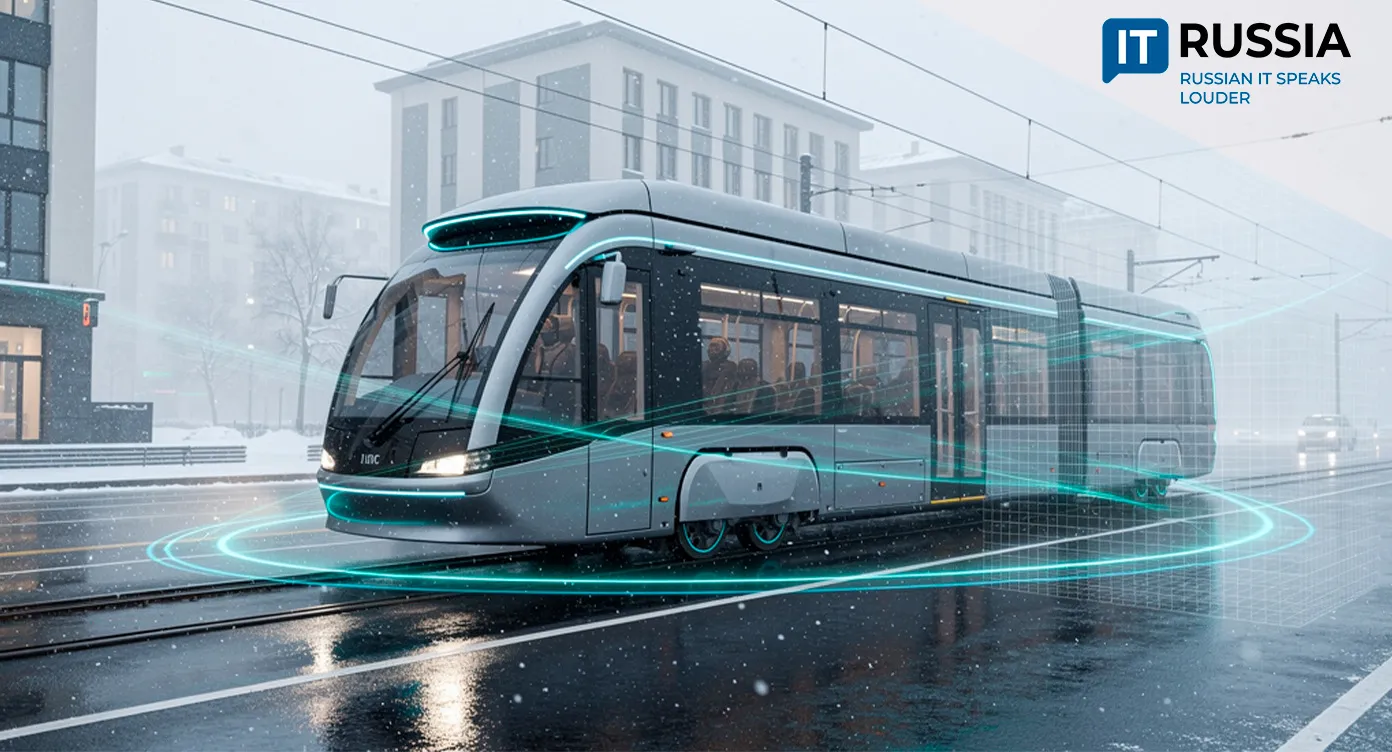Moscow Traffic Lights Go Online
Moscow’s transportation infrastructure has taken a leap forward with the launch of a pilot project by the city’s Traffic Management Center and Yandex.
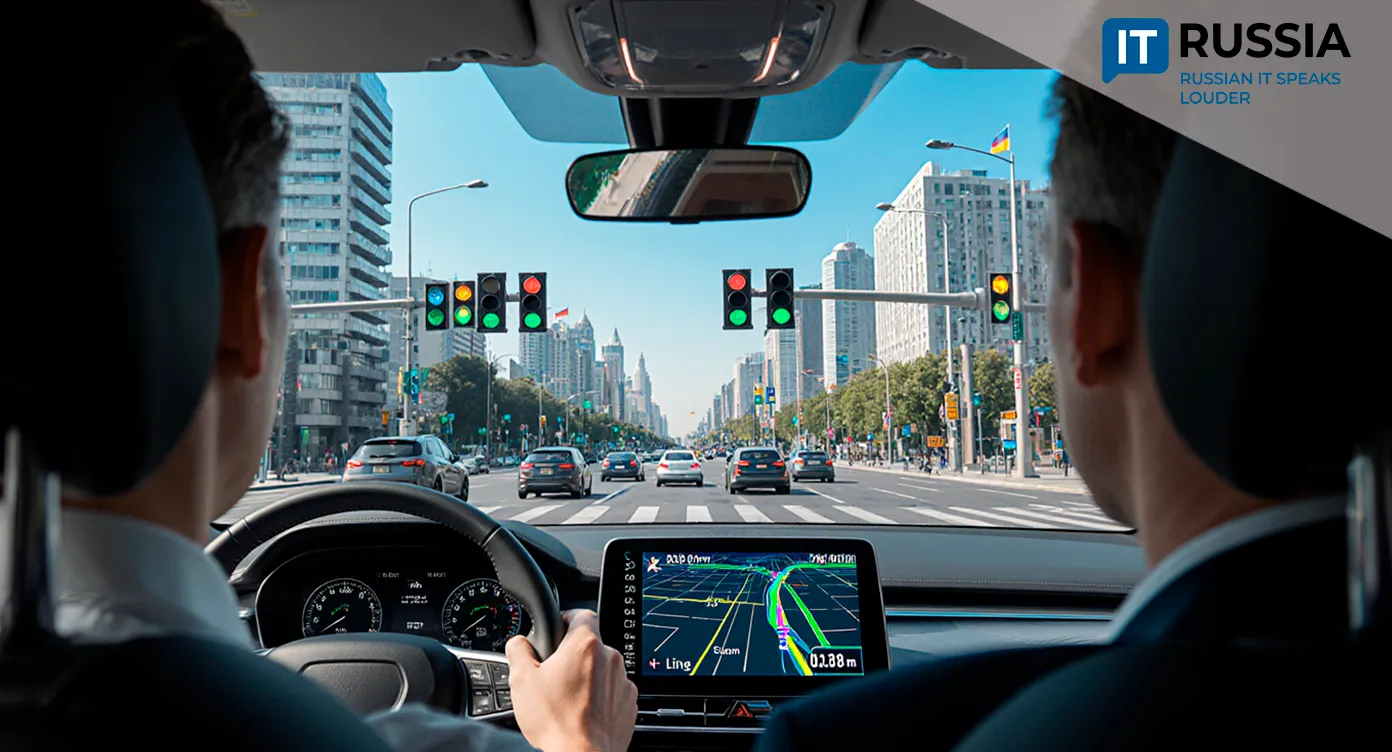
A Revolution of Predictability in the Age of Big Data
Users of Yandex.Maps and Yandex.Navigator can now see, in real time, the signals of all traffic lights in central Moscow, including the current color and the countdown to the next change. This new feature is available for drivers within the Garden Ring and in five districts of the capital — Savyolovsky, Aeroport, Orekhovo-Borisovo, Maryino, and Tsaritsyno — transforming everyday city trips into a fundamentally new experience of predictable and safer driving.
Integrating traffic light signals into navigation apps marks a major step in the development of urban transport systems. The technology relies on data transmitted from the city’s Intelligent Transport System (ITS) to Yandex’s navigation platform, synchronizing with smart traffic lights equipped with timers. The system not only shows the current signal but also factors in the time until the change when planning routes, automatically adjusting estimated trip durations to account for stops at lights.
The project is being implemented under the direction of Moscow Mayor Sergey Sobyanin as part of a comprehensive road safety initiative. Drivers can now gradually slow down before a red light and start moving smoothly at a green, reducing stress and improving overall driving culture. The system even alerts drivers with an audible warning when approaching a red too quickly and provides a separate sound when the light switches to green.
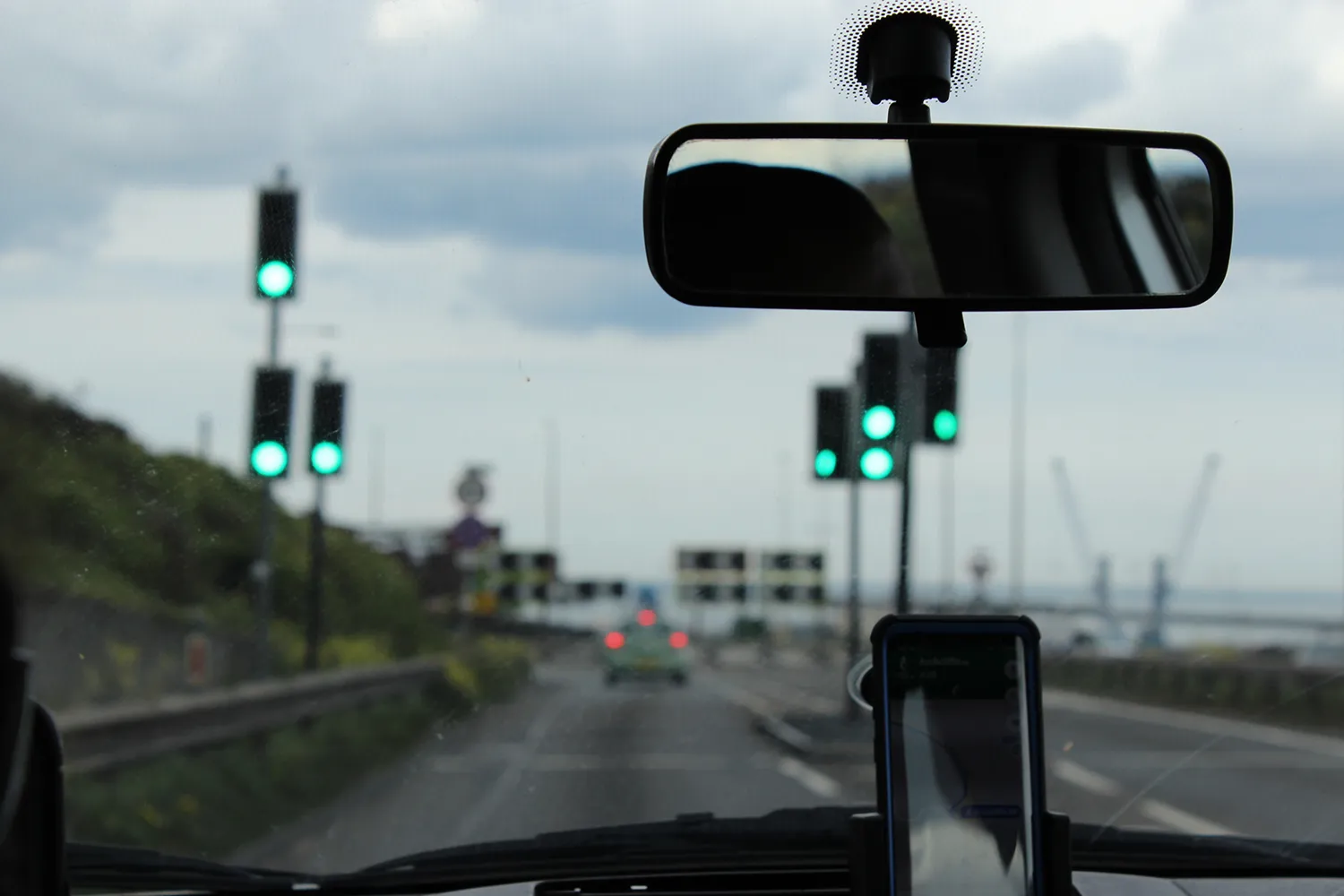
Technology Expansion and Scaling Prospects
The successful launch opens the door to expanding coverage across all of Moscow and eventually rolling it out to other Russian cities. Developers also plan to add a “green wave” function, building routes with the fewest possible red-light stops, which would significantly optimize travel time and reduce fuel consumption.
The export potential of Russia’s integration of urban management and IT platforms looks promising. The expertise of Moscow’s Traffic Management Center and Yandex can be adapted for other major cities, particularly in countries with emerging digital infrastructure. The ability to integrate with government-backed smart infrastructure projects creates the foundation for a broader ecosystem of smart city solutions.
Domestically, the potential applications are also impressive. Russian cities are actively modernizing transport infrastructure: in Vladivostok, 90% of traffic lights are connected to the automated traffic control system; in Kazan, the number of smart traffic lights is expected to reach 236 by 2025; and in Novosibirsk, more than 300 traffic lights are slated for integration into the smart system.
Global Race for Intelligent Transport
The development of intelligent transport systems has become a worldwide trend, and Russia is offering competitive solutions. Notably, the technology of displaying traffic light signals in navigation apps was first launched in Moscow — the first city in Russia and Europe to do so. The 2GIS service began testing in April 2025 on six intersections and by September expanded coverage to the Third Ring Road.
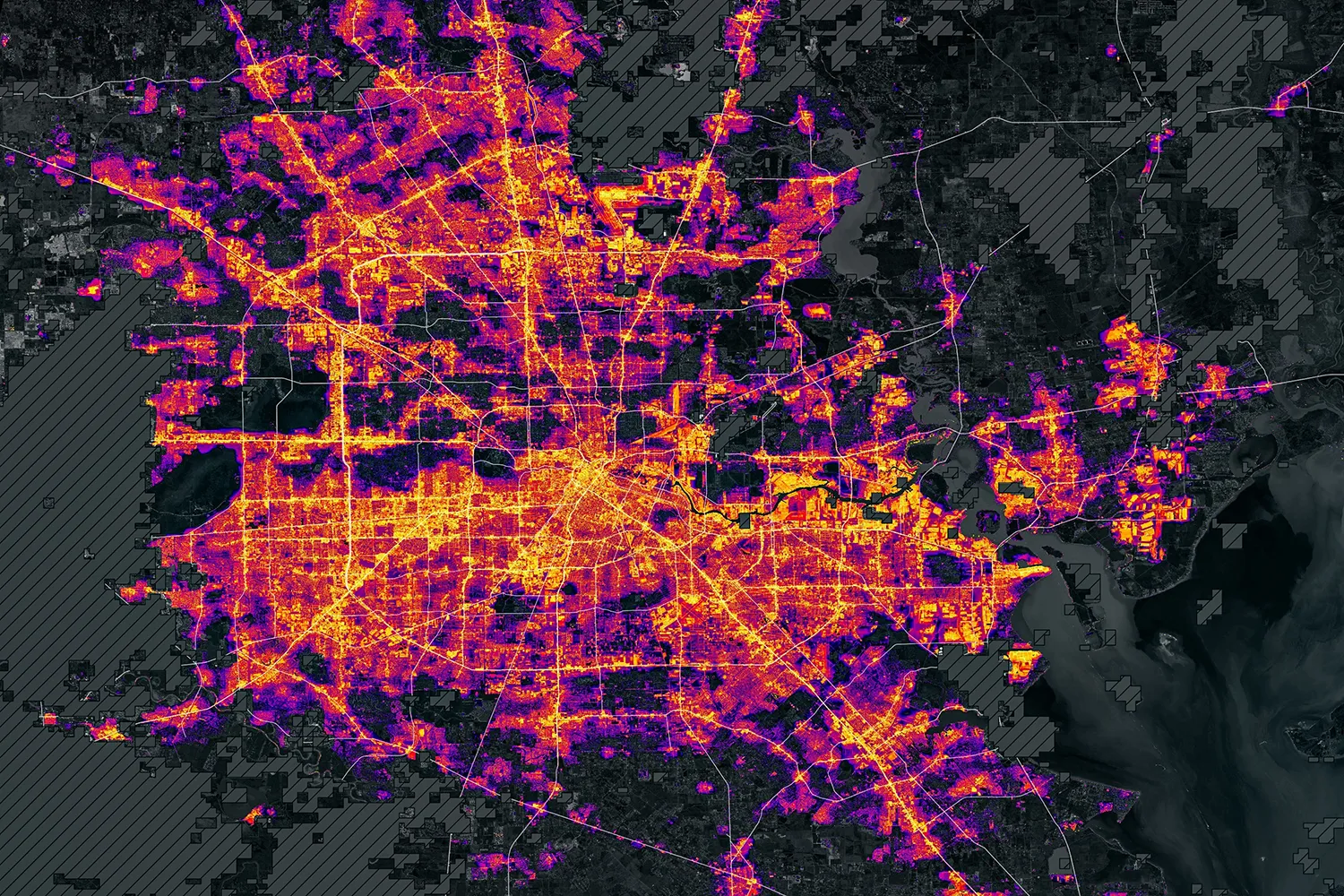
International experiences highlight the effectiveness of smart transport. In Singapore, by 2025, traffic will be automated using vehicle detectors every 500 meters and cameras every kilometer. Tokyo has been developing its Vehicle Information and Communication System (VICS) since 1995, providing drivers with real-time traffic data via GPS.
In Russian cities, the last five years have brought major advances in intelligent transport. As part of the national project “Safe and High-Quality Roads,” large-scale ITS deployments continue in Omsk, Kirov, and Bryansk, including new traffic lights, road controllers, and vehicle detectors. In Kirov alone, 88 traffic light facilities and 466 traffic light sections were scheduled for replacement in 2023.
The Future of the Intelligent City Has Already Arrived
The launch of online traffic lights in Moscow’s navigation apps marks a shift to a new paradigm of urban transport, where collaboration between government and private business delivers real value for citizens. The project shows how modern technology can significantly improve the quality of urban life without massive infrastructure investments.
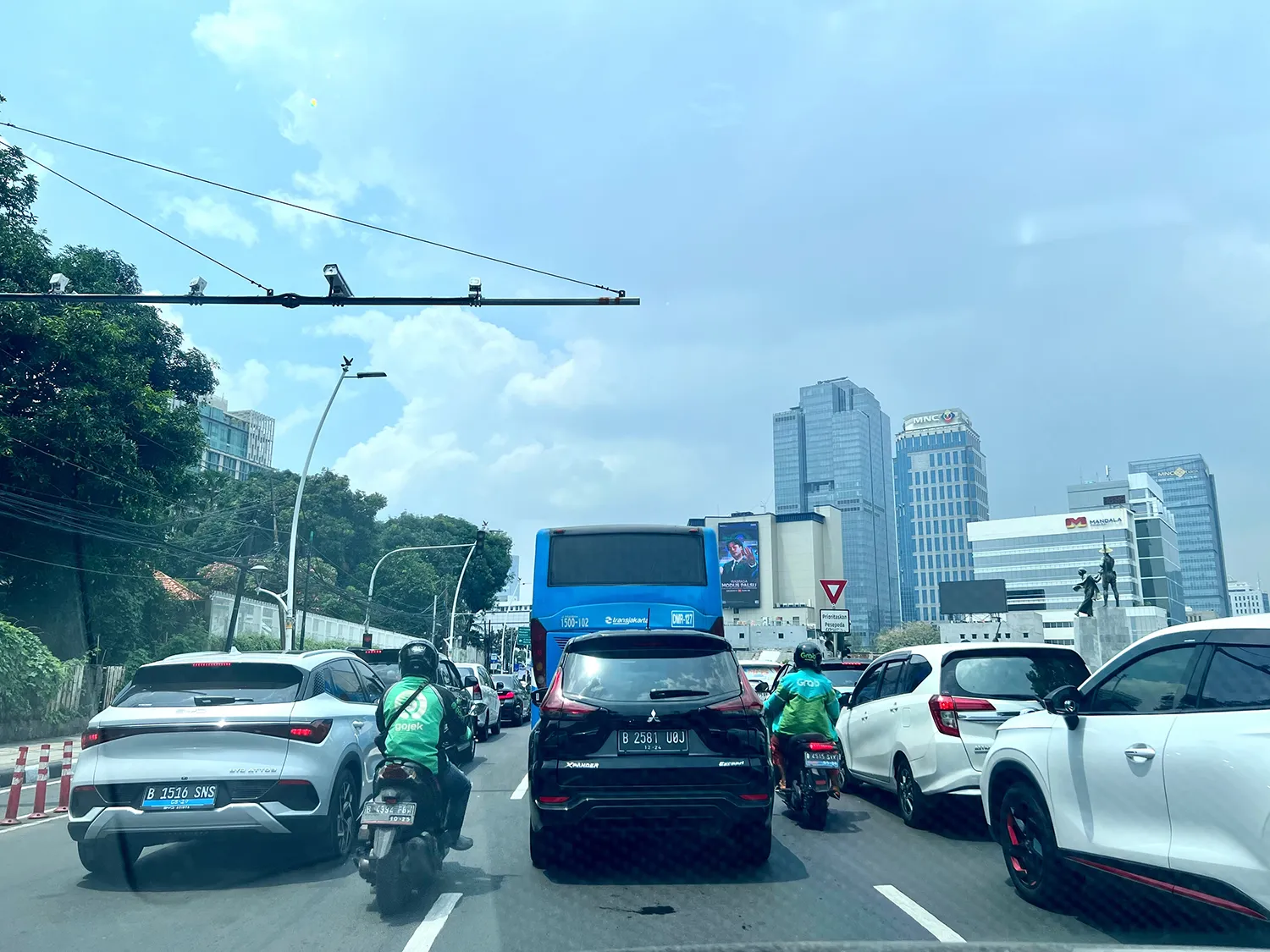
Next steps include extending the technology across Moscow and adding new features such as the green wave and intelligent routing based on traffic light cycles. Competition between 2GIS and Yandex in navigation solutions is spurring further innovation and laying the groundwork for export opportunities.
Over the long term, Moscow’s experience could be replicated in other Russian regions where the foundation for ITS deployment is already in place. With support from federal digitalization programs, the project could become a catalyst for creating a nationwide smart transport ecosystem, positioning Russia as a global leader in integrating urban data with navigation technologies.






